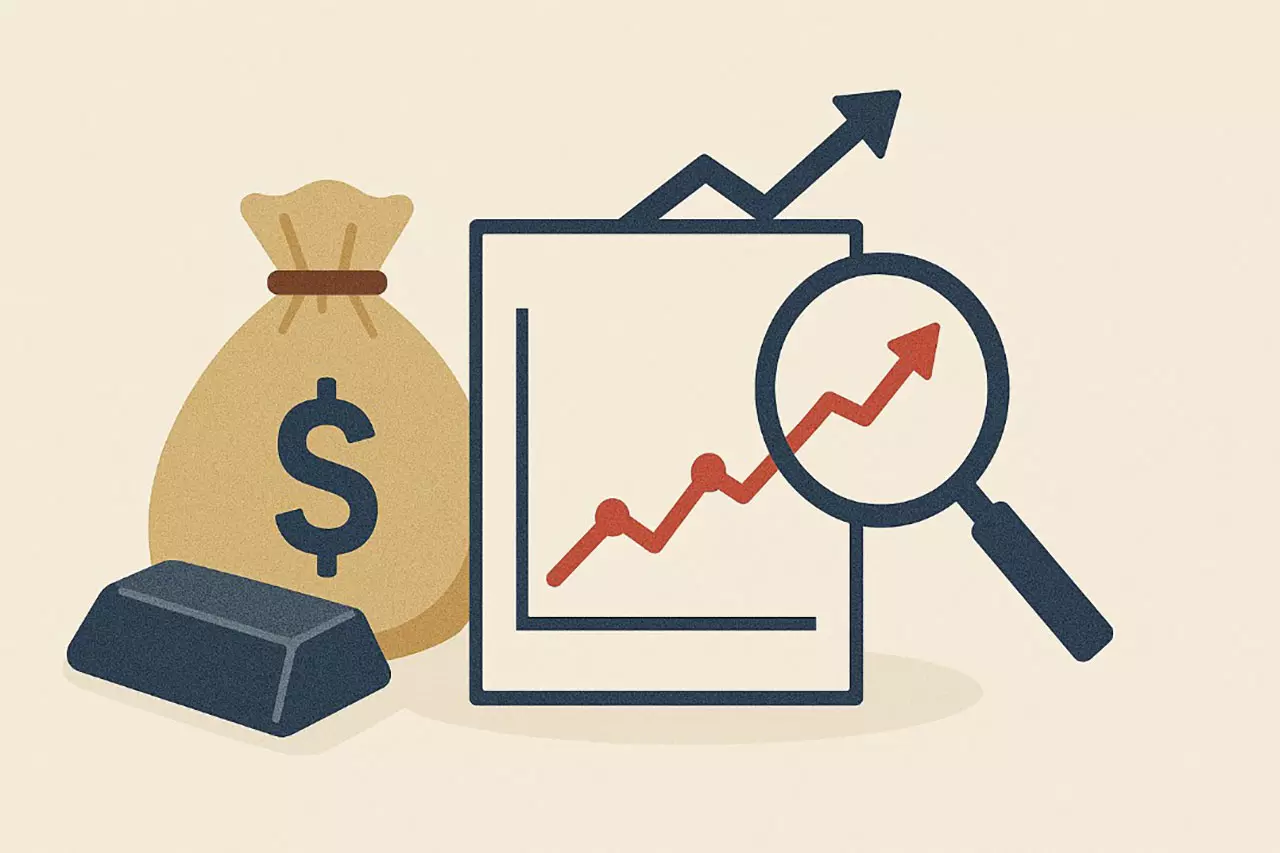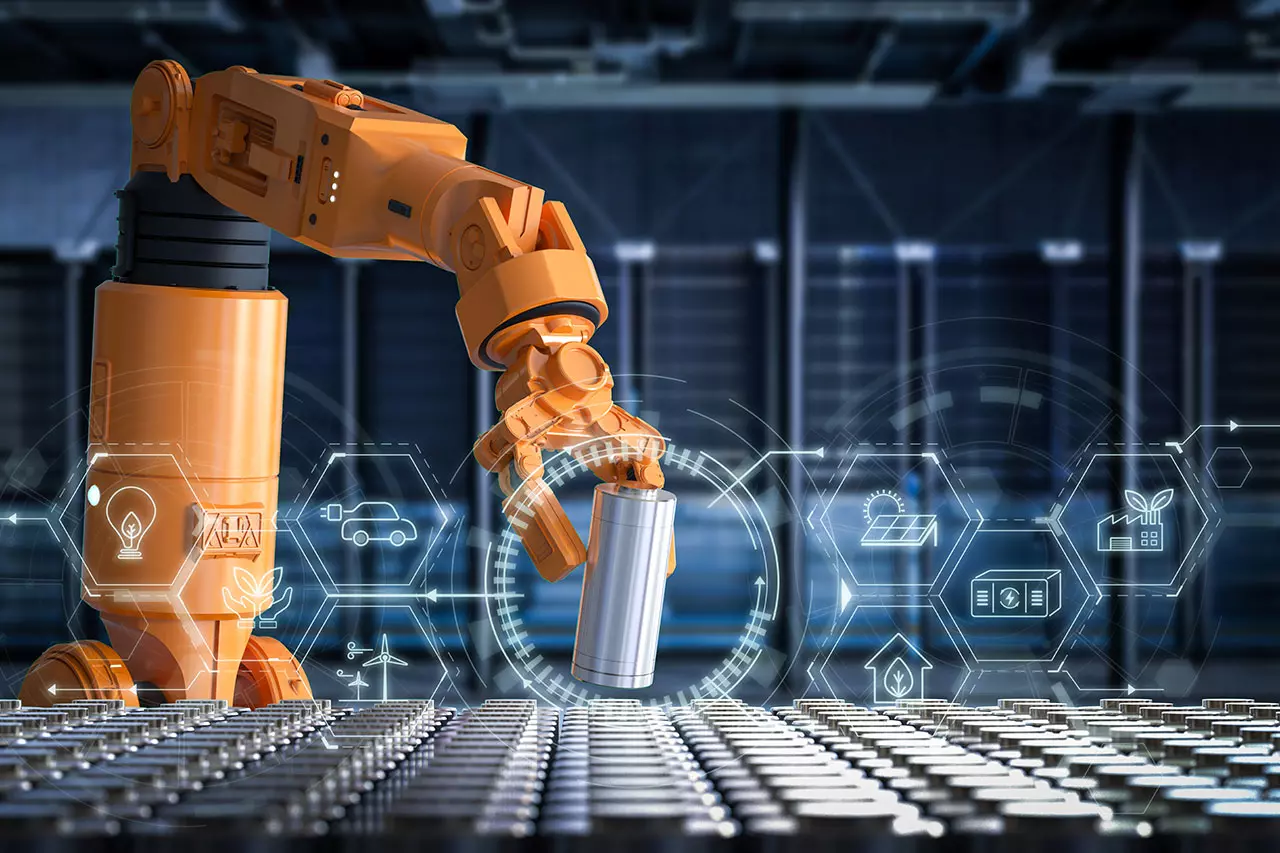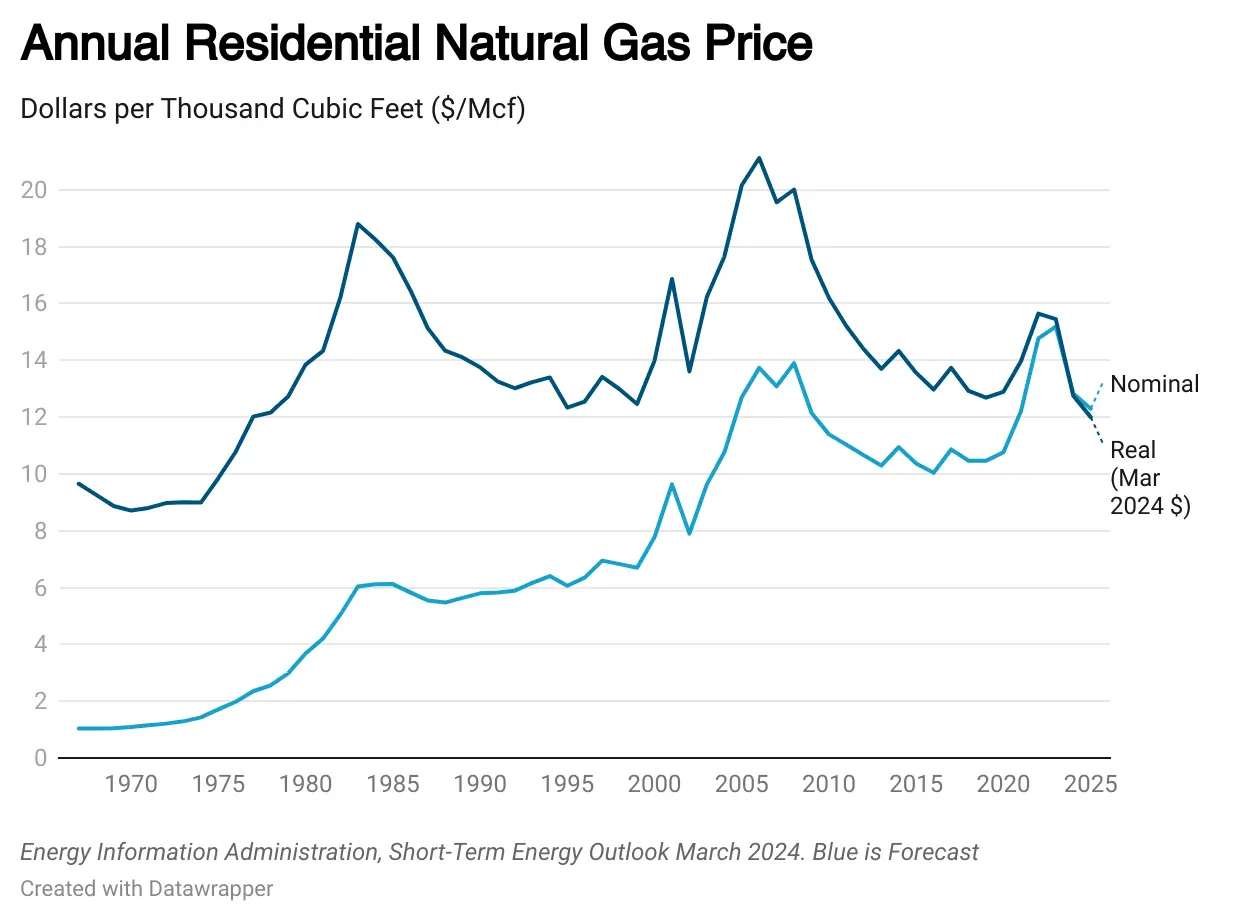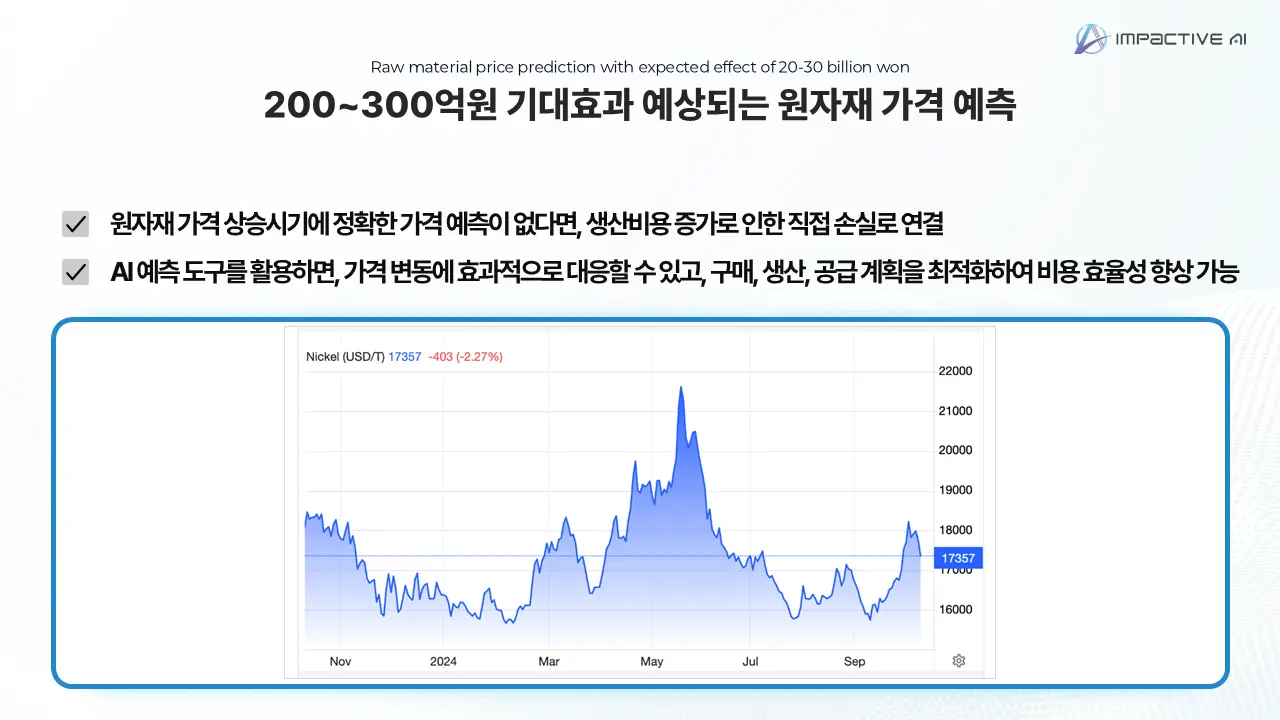Raw Material Price Prediction Principles and Success/Failure Cases

Raw material procurement costs for global manufacturers have surged an average of 47% over the past three years. This is because corporate profitability is being significantly damaged as raw material price volatility intensifies. With raw material costs accounting for 60-80% of total manufacturing costs, managing price volatility has become essential rather than optional.
However, there's a noteworthy point here. Even within the same market environment, some companies are actually achieving improved profitability. In this article, we aim to analyze these success and failure cases in depth to examine how raw material price prediction systems led to substantial business performance.
Data-Based Prediction Methodologies That Overcome Limitations of Traditional Raw Material Price Prediction
Inventory Optimization Strategies That Find the Balance Between Supply and Demand
Data-based inventory optimization strategies are establishing themselves as new paradigms, moving away from traditional inventory management methods.
Particularly, Lean inventory management systems aim to minimize inventory holding costs by maintaining minimum inventory levels matched to production demand. Research results show that companies implementing this have reduced inventory holding costs by an average of 35%.
Just-In-Time (JIT) systems prevent excess inventory by procuring the exact quantities of raw materials at the precise times needed. This has positive impacts not only on simple cost reduction but also on quality management.
Recently, real-time inventory monitoring systems are further advancing these strategies. Through AI-based data analysis, demand can be predicted and optimal inventory levels calculated, preventing production disruptions due to inventory shortages or cost waste from excess inventory.
AI systems predict price fluctuations by analyzing numerous variables in real-time, including global economic indicators, related industry trends, and geopolitical risks. Particularly, advances in deep learning algorithms have enabled identification of complex patterns, significantly improving prediction accuracy.
Stabilizing Raw Material Supply Through Supply Chain Visibility

To improve raw material price prediction accuracy, securing visibility across the entire supply chain is essential.
First, stable raw material supply foundations must be established through strategic supplier selection and long-term contract agreements. During this process, suppliers' financial soundness, production capabilities, and quality management systems must be comprehensively evaluated to minimize risks.
Supplier diversification strategies are also important. When dependence on specific regions or suppliers is high, serious supply disruptions can occur in unexpected situations.
Recently, blockchain technology-based supply chain tracking systems are gaining attention. Through this, raw material movement paths and conditions can be monitored in real-time, enabling rapid responses when problems occur.
Logistics optimization is also an important factor. Through AI-based route optimization algorithms, transportation costs can be reduced, and work efficiency can be improved through automated material handling systems.
Rubbermaid's Downfall: Loss of Market Dominance Due to Raw Material Price Prediction Failure
Rubbermaid's Crisis Triggered by Raw Material Price Surge
Until the early 1990s, Rubbermaid was a 'Fortune magazine-selected most admired company in America.' Based on innovative product capabilities and strong brand power, it dominated the household goods market.
However, in 1994, an unexpected crisis struck. The price of resin, a major raw material, began to surge. Price increases continuing until 1996 saw resin prices soar over three times, significantly deteriorating Rubbermaid's profitability.
The bigger problem was the response strategy to this cost increase. Rubbermaid tried to directly reflect cost increases in product prices, but major distribution channel Walmart strongly rejected this. Product prices were already over 30% higher than competitors at the time.
What was revealed in this process was the fatal flaw in Rubbermaid's raw material price prediction and risk management system. Not only did they fail to predict resin market volatility, but basic risk management strategies like hedging or long-term supply contracts weren't even prepared.
Operational efficiency was also a serious problem. Continued delivery delays and low order fulfillment rates led to surging customer complaints, ultimately affecting financial statements. The revelation that costs were under-calculated by 40 million dollars over three years caused corporate credibility to plummet.
Rubbermaid's Fall from Innovation Leader to Acquisition Target
Failures in raw material price prediction and response triggered a chain of crises. Walmart ultimately withdrew Rubbermaid products from stores, leading to rapid market share decline.
Particularly noteworthy was competitor Sterilite's rise. Sterilite secured cost competitiveness through production process innovation and established itself as Walmart's new major supplier through aggressive pricing policies.
Rubbermaid's downfall clearly demonstrates the importance of raw material price prediction and risk management. It left the lesson that even companies with strong brands and innovative products can be quickly eliminated from the market without systematic response systems for raw material price volatility.
Amaranth Advisors' Natural Gas Price Prediction Failure Case
Causes of Amaranth Advisors' Prediction Failure

In 2006, the hedge fund industry was struck by enormous shock. Amaranth Advisors recorded astronomical losses of $6.6 billion (approximately 8.8 trillion won) in just a few weeks and went bankrupt.
This incident announced to the world the downfall of Amaranth Advisors, led by Brian Hunter, who was considered one of the most successful traders on Wall Street at the time.
Amaranth Advisors' biggest problem was excessive leverage. Leverage means investing with borrowed money, and Amaranth Advisors borrowed dozens of times their own capital to invest in natural gas futures markets.
This was an opportunity for high returns, but conversely, it was a dangerous investment method that could cause enormous damage if losses occurred.
Brian Hunter was an excellent trader, but market predictions are always uncertain. In summer 2006, Hunter predicted natural gas prices would skyrocket when hurricane season arrived and made massive investments.
However, contrary to expectations, hurricanes didn't strike the southern United States, and natural gas prices plummeted.
The company made excessive investments beyond bearable loss ranges and failed to respond appropriately when market conditions changed. Ultimately, Amaranth Advisors suffered enormous losses due to natural gas price declines, leading to bankruptcy.
Lessons from Amaranth Advisors' Failure

Amaranth Advisors' case demonstrates the importance of diversified investment. Amaranth Advisors suffered major losses by investing excessively only in natural gas futures markets. Such large losses could have been prevented with diversified investment portfolios.
Actually, leverage is an attractive investment method for high returns but is simultaneously very dangerous. Amaranth Advisors suffered major losses using excessive leverage. Investors must carefully use leverage within their bearable ranges.
Additionally, even excellent traders cannot perfectly predict markets. Amaranth Advisors' Brian Hunter also failed in market prediction. Investors should prepare for various scenarios rather than depending on market predictions.
Amaranth Advisors' bankruptcy resulted from complex interactions of excessive leverage, incorrect market predictions, and risk management failures. This incident left various lessons for investors including diversified investment, leverage risks, market prediction uncertainty, and risk management importance.
Through Amaranth Advisors' failure case, investors can reflect on their investment methods and make wiser investment decisions.
Success Stories of Global Companies Achieving Raw Material Price Prediction Innovation
Danfoss's Challenge: Converting Copper Price Surge Crisis into Opportunity

In 2022, when markets fell into chaos, copper prices hit historic highs. Copper prices breaking through $11,000 per ton left many companies helplessly collapsing.
In the midst of this crisis, Danish manufacturing company Danfoss made a bold choice. Instead of emergency management or austerity operations, they concentrated company-wide capabilities on digital innovation.
Their AI-based prediction system was dimensionally different from existing analytical tools. From China's copper stockpiling policies to global supply chain trends and major mine worker situations. Dozens of variables were input into the system in real-time, creating sophisticated prediction models.
Particularly notable innovation was the bold expansion of prediction periods. Moving away from the limited 12-month vision to expand prediction scope to 36 months, enabling medium to long-term strategy establishment.
This bold innovation led to remarkable results. In 2023, Danfoss reduced raw material procurement costs by $45 million compared to the previous year. Inventory turnover achieved 20% improvement far exceeding industry averages, and operating profit margin recorded 30%, over twice higher than competitors.
GoodMills Group's Innovation Case: Controlling Market Volatility with AI-Based Prediction
European milling market leader GoodMills Group began new challenges in mid-2020. When raw material price surges threatened corporate survival, they focused on ChAI's AI prediction solution.
When uncertainty reached its peak, wheat prices fluctuated up to 10% within a month. For GoodMills, with 80% of total costs concentrated on raw material procurement, this was fatal risk.
The true value of their adopted ChAI solution lay in converting complex market data into clear insights. Management could grasp constantly changing market trends at a glance through real-time dashboards.

Interesting changes occurred during this process. Moving away from existing uniform inventory management, they began implementing flexible strategies according to each item's characteristics and market conditions. They strategically secured inventory for high-volatility raw materials while operating with minimum inventory for stable items.
This innovation was proven numerically. Annual raw material procurement costs of 200 million euros decreased by about 25%, and prediction accuracy improved by 40%. Operating capital saved through inventory optimization alone reached 30 million euros.
More meaningful was the change in customer relationships. By sharing market insights provided by AI with customers, GoodMills could position itself as a strategic partner beyond simple supplier.
Nestlé's Raw Material Price Crisis and Response Strategy
In 2011, raw material costs increased by 2.5-3 billion Swiss francs (approximately $2.7-3.2 billion). This meant an 8-10% increase based on 2010 costs. At that time, prices of almost all major raw materials including sugar, grains, and milk were confirmed to have more than doubled within four years.
Nestlé announced response measures to such raw material price increases, explaining that reflecting raw material price increases in product prices would be a 'last resort.' They emphasized being in good position to handle future economic uncertainty including raw material price increases.
Actually, Nestlé secured stable supply chains through long-term relationship building with suppliers and could respond to raw material price increase crises by replacing expensive raw materials and reducing waste through innovation.
Additionally, for future raw material price changes, they introduced AI-based prediction systems that compare and analyze past data with real-time data using machine learning algorithms.
Particularly, they succeeded in introducing long-term prediction models to respond sensitively to climate change. Crop yield prediction through satellite images and real-time supply chain monitoring through IoT sensors are possible.
Beyond this, they built early warning systems for various external variables including climate change impacts, geopolitical risks, market supply and demand situations, and regulatory environment changes. Additionally, scenario analysis functions were introduced to check monthly, quarterly, and annual outlooks for major raw material prices and establish hedging strategies.
Why Raw Material Price Prediction AI Should Start with Experts

Raw material prices have very high volatility and are affected by various factors. Because unpredictable variables work in complex combinations, accurate prediction is inevitably difficult with human experience or intuition alone. Traditional statistical models predict future prices based on past data patterns but have limitations of reduced accuracy when unexpected events or variables occur.
Of course, AI technology has potential to bring innovative changes to commodity price prediction fields. Multinational investment bank Goldman Sachs introduced AI-based long-term prediction models from 2024, improving raw material price prediction accuracy by 15%, and trading company Glencore could significantly improve supply chain transparency through prediction systems combining blockchain and AI.
However, AI is not an omnipotent tool, and its limitations must be clearly recognized. AI models are vulnerable to unexpected situational changes because they learn based on past data and have problems like data bias and overfitting.
Actually, Long-Term Capital Management (LTCM)'s bankruptcy shows cases of inadequate risk management in prediction models. LTCM invested based on prediction models created by Nobel Prize winners but suffered massive losses due to the Russian moratorium crisis.
Therefore, rather than blindly following AI prediction results, it's important to verify results based on expert experience and knowledge and make decisions considering various variables. Additionally, AI models must be continuously improved and trained with new data to enhance prediction accuracy.


.svg)
%202.svg)
.svg)


.svg)















.svg)